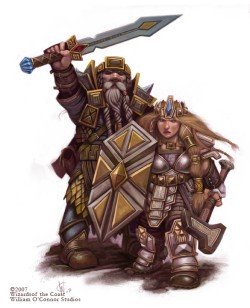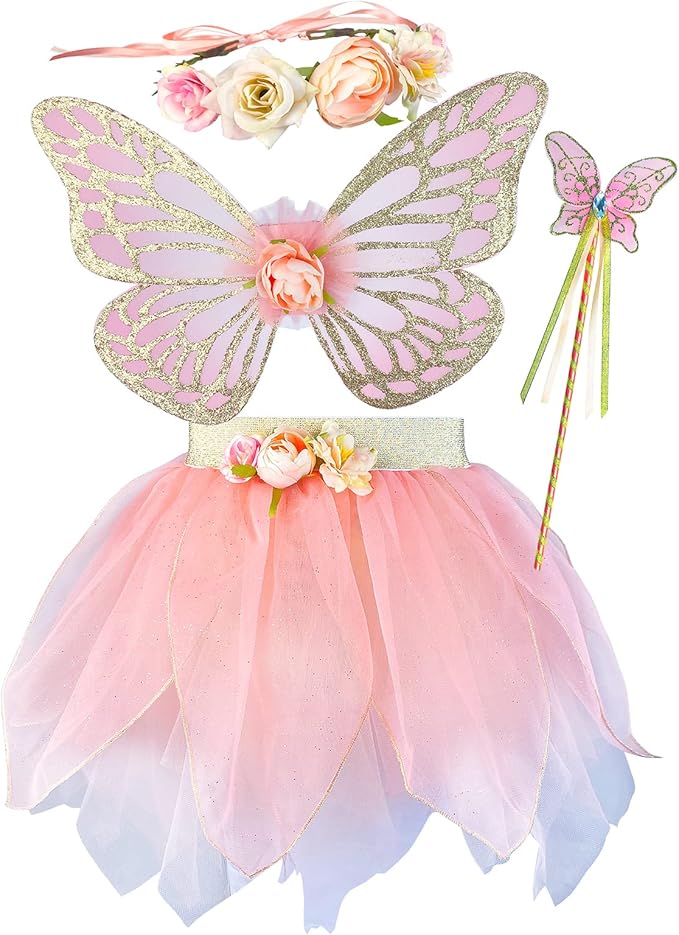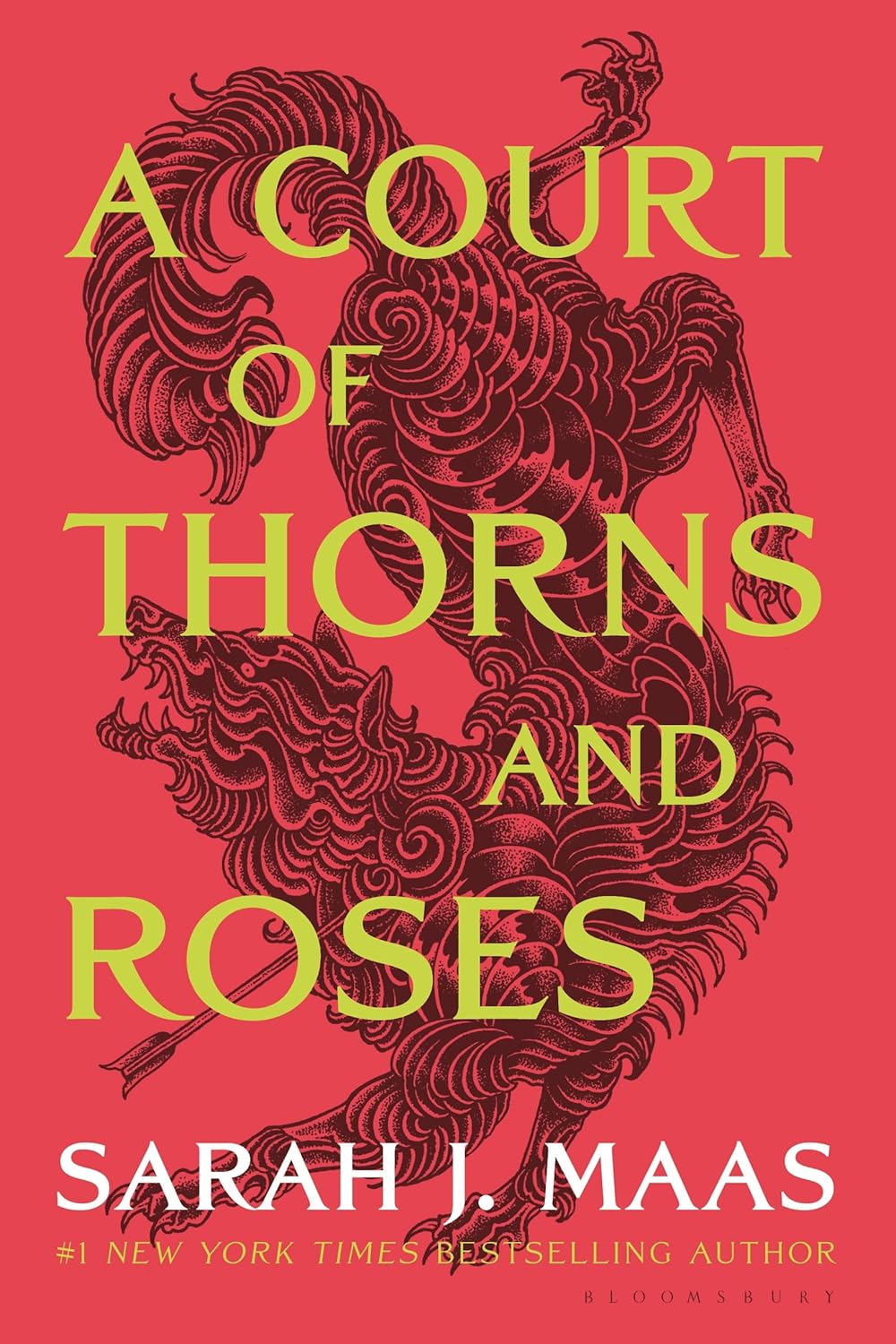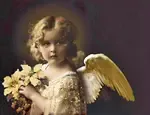- Home
- Fairy Blog
- Fairy Cakes
- Fairy Quotes
- Safety Dance
- The Flower Fairies Books
- What is a Fairy?
- Are Fairies Real?
- Elemental Fairies
- Faeries
- What are the Fae?
- Fae Fantasy Books
- Fairy History
- Origin of Fairies
- Fairies in Folklore
- Pixies
- Pixie Fairy Differences
- Gothic Fairies
- Tooth Fairy
- Fairy Festivals
- Fairy Gardens
- Fairy Garden Accessories
- Fairy Forests
- Fairy Poems
- Fairy Tales
- Fairy Tale Origins
- Classic Fairy Tales
- 24 Fairy Tales
- Fairy Tales around the World
- About Fantasy Creatures
- Dragons
- Dwarves
- Elves
- Gnomes
- Leprechauns
- Mermaids
- Unicorns
- Fairy Face Painting
- Fairy Costumes for Kids
- Free Fairy Art
- Fairy Coloring Pages
- Fairy Crafts For Kids
- Chinese Dragon Art
- How to Draw a Dragon
- Chinese Dragon Drawing
- Dragon Coloring Pages
- Fairy Tattoo Ideas
- About Us
- Contact Us
- Disclaimer
- Privacy Policy
Dwarf Women
Dwarf women, like their male counterparts, are mythical beings that can be found in various European mythologies and folklore, as well as in modern fantasy literature. Although dwarf women are not as commonly depicted as dwarf men, they still play a significant role in the societies and cultures of these mythical beings.
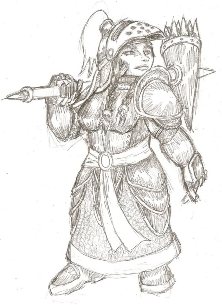
In many depictions, dwarf women are similar in appearance to dwarf men, characterized by their short stature, stout build, and long beards. However, these characteristics can vary depending on the source material, and some descriptions may present them with a more feminine appearance, such as long hair or more delicate facial features.
One of the most well-known examples of dwarf women in modern literature comes from J.R.R. Tolkien's Middle-earth. In Tolkien's universe, dwarf women are a rarity, making up only about one-third of the total dwarf population. Due to their scarcity, they are highly respected and cherished within their society. They are known for their beauty, wisdom, and strong will, and they play a vital role in the continuation of their race.
Tolkien's dwarf women seldom venture outside their underground homes, preferring to remain within the safety and security of their close-knit communities. As a result, they are rarely seen by outsiders, leading to many misconceptions and legends about their existence. Some even believe that dwarf women do not exist, and that dwarves are born from the earth itself or reproduce in some other mysterious manner.
Despite their reclusive nature, dwarf women are skilled in various crafts, such as weaving, pottery, and jewelry making. They also possess knowledge of healing and herbalism, which they use to care for their families and communities.
In other mythologies and fantasy settings, dwarf women may be more prominent and visible in society, participating in the same activities as their male counterparts, such as mining, metalworking, and warfare. They may also hold positions of power and authority, acting as leaders, warriors, or even queens.
Dwarf Women are rarely mentioned in fairy tales and folklore. When they are mentioned, the female dwarf is generally thought to be very similar to the male dwarf in stature and appearance. Sometimes they are similar to the point that the dwarf women have beards and are hard to distinguish from the males.
Adorable Fairy Costume Set!
Includes a fairy tutu, wing, wand and flower halo - perfect for parties, dress-up play, pageants and so on.
CLICK HERE for the best price!
Dwarf Women History
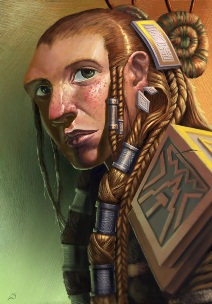
The folklore from some countries say that dwarf women are thought to have beards and look very much like the men. There does not seem to be much difference in the appearances of the two sexes. It is thought that with no apparent females to give birth, many believe that Dwarfs grow out of stone from deep in their mines.
Dwarf Women In More Recent Novels
In "Lord Of The Rings" trilogy, Tolkien describes Dwarf Women as having beards. He does not call them dwarfs, but dwarves. He suggests that they (Dwarve Women) seldom travel and are rarely seen. When they are seen, they look "in voice, appearance, and in garb" so much like the male dwarves that they are not noticed as females.
C. S. Lewis, who was a friend of Tolkien, describes his male dwarfs as being able to reproduce with humans which creates a race of half-Dwarfs. In his book published in 2008, Prince Caspian has both male and female dwarfs as archers. These female dwarfs, though similar to the male dwarfs, are beardless.
In the "Discworld" novels, Terry Pratchett points out that female dwarfs with beards, creates a problem. He states that a major factor when courting is to 'tactfully find out which sex the other one is'.
Conclusion
In conclusion, dwarf women are an essential part of the rich tapestry of dwarf culture and society, even though their appearances and roles may vary depending on the source material. Whether they are portrayed as reclusive caretakers, skilled craftswomen, or powerful leaders, they contribute significantly to the continuation of their race and the development of their communities.
Book of the Month
The Best Selling Fae Fantasy Book! A great gift!
CLICK HERE for more information and best price!
Recent Articles
-
Fairy Costumes for Kids
Dec 30, 25 11:27 AM
Find the perfect fairy costume for you little ones! We have researched the best fairy costume options available on Amazon covering all budgets.. -
Christmas Angel Story of boy meets Angel "The Magic Letter" Dean Kiser
Dec 30, 25 09:00 AM
A Christmas Angel Story about an eleven year old orphan boy that meets an Angel. "The Magic Letter" by Dean Kiser -
Fae Fantasy Books - where love can be both thrilling and terrifying!
Nov 22, 25 02:34 AM
Fae Fantasy Books - explore new aspects of what it means to be human in a world where magic and immortal beings exist! A perfect blend of danger and allure!
